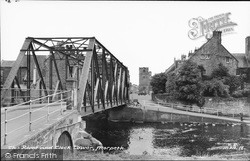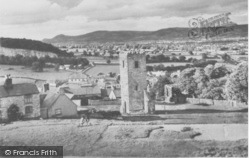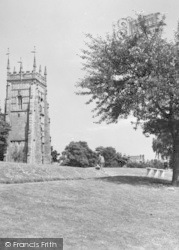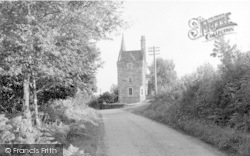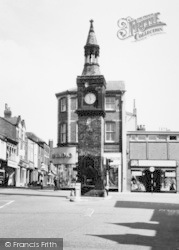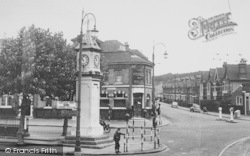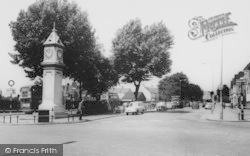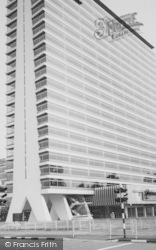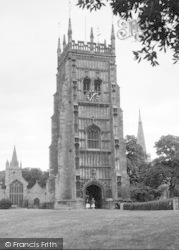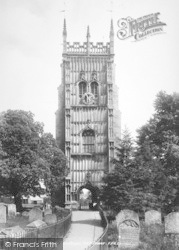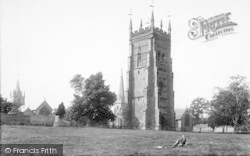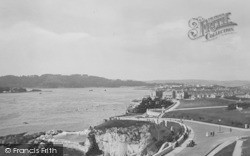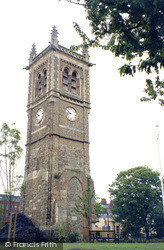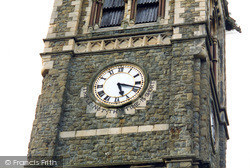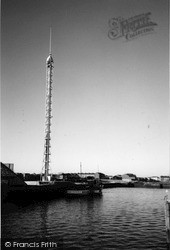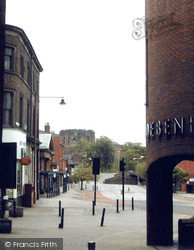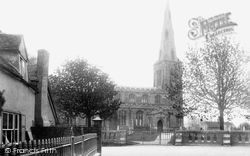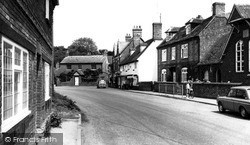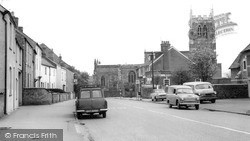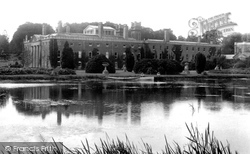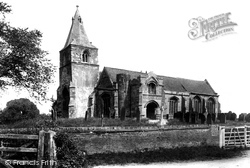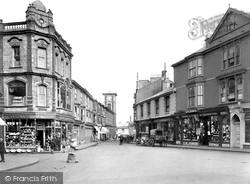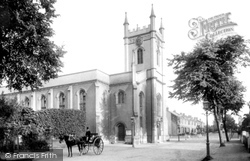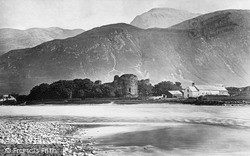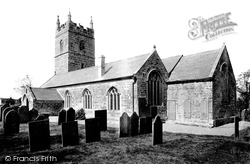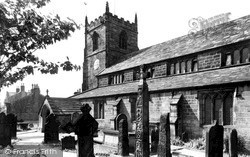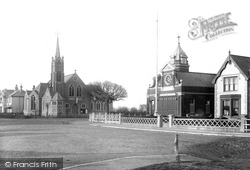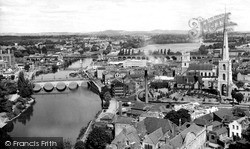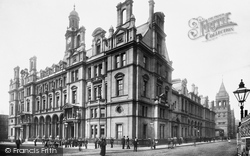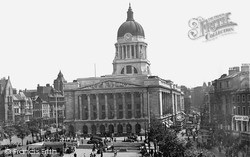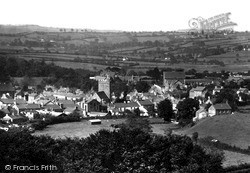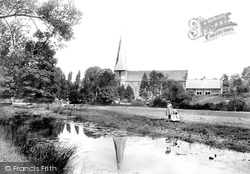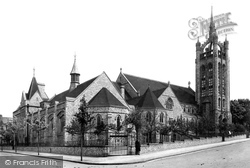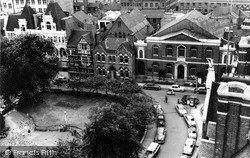Places
36 places found.
Those places high-lighted have photos. All locations may have maps, books and memories.
- Poplar, Middlesex
- Bow, Middlesex
- Bethnal Green, Middlesex
- Stepney, Middlesex
- Alton Towers, Staffordshire
- Isle of Dogs, Middlesex
- Limehouse, Middlesex
- Spitalfields, Middlesex
- Barjarg Tower, Dumfries and Galloway
- Bromley, Middlesex
- Stratford Marsh, Middlesex
- Tower Hill, Merseyside
- Tower Hill, Essex
- St George in the East, Middlesex
- Wapping, Middlesex
- Globe Town, Middlesex
- Old Ford, Middlesex
- Cubitt Town, Middlesex
- Tower Hill, Cheshire
- Tower Hill, Surrey
- Bow Common, Middlesex
- Mile End, Middlesex
- Millwall, Middlesex
- Ratcliff, Middlesex
- Warmley Tower, Avon
- Tower Hill, Hertfordshire
- Tower End, Norfolk
- Tower Hamlets, Kent
- Tower Hill, Devon
- Tower Hill, West Midlands
- Blackwall, Middlesex
- North Woolwich, Middlesex
- Hackney Wick, Middlesex
- Shadwell, Middlesex
- South Bromley, Middlesex
- Tower Hill, Sussex (near Horsham)
Photos
2,720 photos found. Showing results 2,241 to 2,260.
Maps
223 maps found.
Books
1 books found. Showing results 2,689 to 1.
Memories
637 memories found. Showing results 637 to 637.
Captions
3,036 captions found. Showing results 2,689 to 2,712.
The chancel arch of the present church dates from the 13th century, and the tower was added in around 1390.
This is the west side of the market place; we have a better view of the church with its massive tower and noble parapets.
Beyond the tower crossing was the choir, where the monks sat and chanted in wooden stalls.
One of Berkshire's finest villages is Sutton Courtenay, with the cooling towers of Didcot Power Station a constant companion to the south.
So far as the church tower is concerned, it is almost good enough to be in the West Country.
Olantigh Towers 1901.
It is distinctive in that its porch, with its upper room and flanking round tower, would look more at home on a fortified manor house.
Down Commercial Street is the Market House, with a clock tower built by John Francis Basset in 1866. The Bassets of Tehidy were important mineral lords in this once-great copper and tin mining centre.
The tower was a mere 75 feet high and has been cemented over. In 1875 the old three-decker pulpit was removed and the font re-located.
This 13th-century castle, home of the Comyn family, is built in the form of a square, with round towers at the corners.
Beyond the tower crossing was the choir, where the monks sat and chanted in wooden stalls.
The tower is notable for its construction in granite blocks and the pinnacles capped with small balls.
The porch to the church dates back to Norman times (13th century), the aisle from the 14th and the tower from the 15th century.
The round dormer window at the top admitted light to the roof space which housed two large hook for raising and lowering the boat on to its carriage.
We are looking upstream, towards the Abberley Hills in the distance, with the tower and spire of the otherwise demolished St Andrew's Church prominent on the right.
After demolition, the cupola from the roof tower was used, and can still be seen, on the nearby Metropole Hotel.
The lower parts of the tower date from the 13th century, but it was re-built in the 19th century. When the castle was left empty it became rat-infested.
Only the squat, battlemented tower is medieval, a 15th-century one paid for by the Pelham family of Halland.
To its left the pyramidal tower belongs to the famous Black Boy Hotel on Long Row, demolished in 1963 and replaced by an utterly gutless Littlewoods store.
The medieval church tower rises in the centre, and one of the two large non-conformist chapels stands to its right.
The tower and spire survive today, but are dwarfed by 1980s and 1990s office blocks. Francis Frith's Sussex A Century Ago
Situated six miles south-east of Mold, Caergwrle is a small castle comprising the ruins of three round towers and a polygonal turret; it was captured and destroyed in 1282.
It is distinguished by its fine tower and spire, which is based on the 'crown' of the medieval St Giles Cathedral, Edinburgh. The spire is carried on four converging flying buttresses.
This photograph, taken from the tower of the Town Hall, looks down past the formal square to the buildings of Bishop Street, which include the reference library by Edward Burgess of 1904 and the former
Places (38)
Photos (2720)
Memories (637)
Books (1)
Maps (223)





